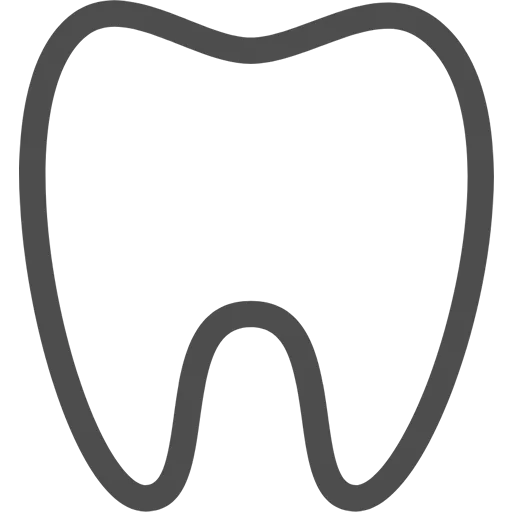- 26250 238th Ln SE #102, Maple Valley, WA 98038
- 2817 Griffin Ave, Enumclaw, WA 98022
The American Association of Orthodontists recommends children have an orthodontic evaluation by age seven. If any problems are detected, early treatment can prevent future issues.
Orthodontic problems can be inherited or caused by injury to the mouth, early or late loss of baby teeth, or thumb-sucking habits. We can treat these issues, which include crowding of the teeth, too much space between the teeth, jaw growth problems, protruding teeth, and bad bites.
Some orthodontic issues are most efficiently and effectively resolved by splitting treatment into two phases. Early care can prevent future problems that need more invasive treatments. The American Association of Orthodontists recommends children get an orthodontic evaluation by age 7.

Our goal in Phase One is to guide jaw development so the upper and lower jaws align correctly and the mouth has sufficient space for all the permanent teeth to fit properly.
Childhood is an ideal time to begin Phase I because children’s jawbones are still developing and respond well to interceptive treatment. By the end of a child’s teen years, the jawbones stop growing. Correcting jaw alignment later in life can be more invasive and more expensive.
Your orthodontist also ensures your child’s permanent teeth have a clear path into the mouth, which prevents them from becoming impacted or displaced.
Once all of the permanent teeth have come in, around age 13, your child is ready for Phase Two. Using braces or clear aligners, Dr. Kirby aligns the teeth so they look beautiful and the bite functions properly. After this happy phase, our patients are fitted with retainers to maintain the teeth in their healthy final position.


Most children lose all their baby teeth by age 13, and by the end of their teen years, the jaw bones stop growing. Orthodontic procedures for adults often take more time and can involve tooth extraction or oral surgery. Receiving early orthodontic treatment as a child can reduce the need for more invasive procedures.

If your child is between the ages of seven and eight, please schedule an appointment. We’ll do an initial exam and discuss the best steps to take toward caring for your child’s smile.